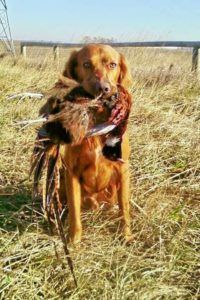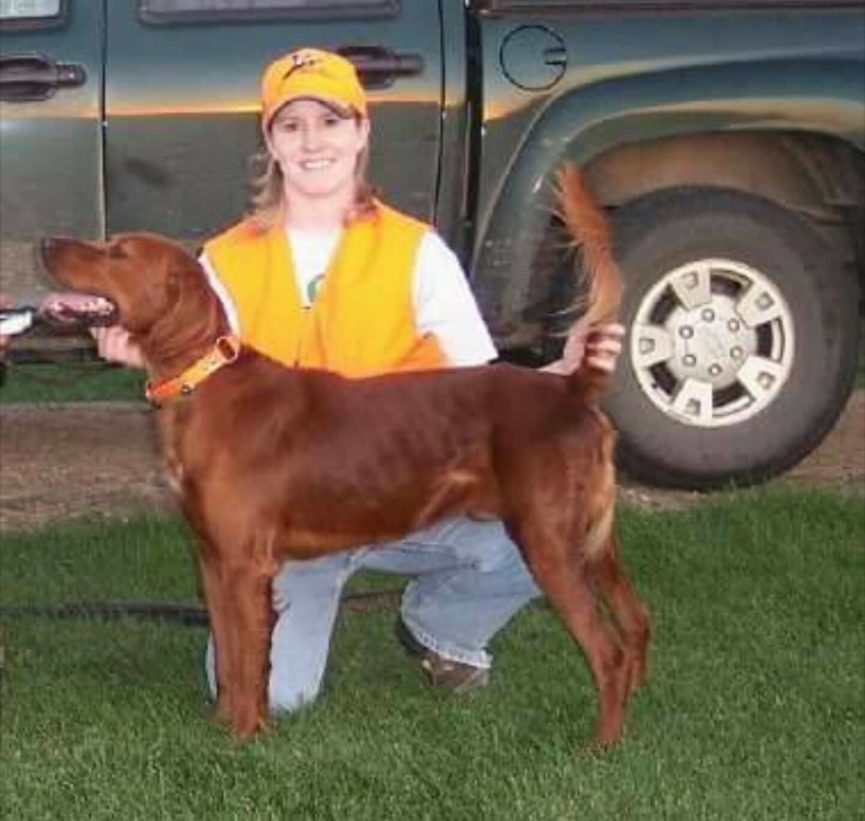 By: Amy Gauthier
By: Amy Gauthier
Kids today would probably consider my childhood to be a part of the “electronic dark ages”. We didn’t have tablets or cell phones to keep us out of the adults’ hair AND out of trouble. Leave it to my grandparents, though, to find an analog way to achieve this delicate balance. They would gather hickory nuts from under the trees, place them over newspaper at their house, and give us grandkids hammers to have fun extracting the tender morsels. I remember eagerly cracking open the shells, and the feeling of accomplishment when my skills produced an intact nut! As it turns out, the hammer was the perfect tool to teach the balance between the force that cracks the nut’s shell and the force that smashes the meat of the nut flat, rendering it useless. Looking back now, I understand that the nut isn’t that tough to crack. The tough part is judging the pressure it takes to bring the best out of it.
This memory came to my mind as I contemplated a concept one must understand to communicate with their dog in a training session: PRESSURE. To most of us, PRESSURE is more than just a title to a classic Queen/Bowie collaborative 80’s song. As children, we are told to pick up our rooms, or else. In school we have the pressure of studying. In the work world, we have goals we set at the beginning of the year and pressure builds as deadlines approach. We have all heard the phrase, “I work better under pressure”. For some people this is true, while for others it is the exact opposite. This personality difference is similar in dogs. Some thrive on the pressure of speed training, picking up on things quickly without folding like a lawn chair. Others take weeks to months of extra time of slow training so they don’t fold.
After an incident that occurred early on in my training years, I envisioned pressure as increasing in layers: each layer adds mental weight to the dog. I was preparing my setter for the first hunt test that he or I would ever enter. I began to get more nervous as the test date approached. The dog could sense my tension (pressure layer 1). A planted bird scenario had been set up. My dog locked up on point, very close to the bird. This meant I had to move within close proximity to the dog to flush the bird. The closer you are physically to the dog, the more pressure they feel (pressure layer 2). As the bird flushed, he remained steady; but as the shot was fired and the bird dropped, he broke from point (ran after the bird). At this moment I said “whoa!”(pressure layer 3), held him back with the check cord I had attached to his collar (pressure layer 4), and gave him a quick nick with his electronic training collar at his normal tolerance level (pressure layer 5). This all happened in a split second. The dog then spun around, put his tail down, and proceeded to blink birds (refuse to point) for the rest of the training session. Each of these techniques had been individually used for months. They successfully communicated to this dog what was expected of him, and he took it all in stride. However, you can see how layering these things had made him “crack” under the pressure. This incident made me think more deeply about counteracting the pressure it takes to train such a prey driven dog. Positive reinforcement must be mixed in to reward correct behavior. Also, if things are going well for the training session, don’t keep going until they go downhill. Quit on a successful, positive note!
As a child, I found that the smaller “tack hammer” was a more precise tool to use to avoid damaging the hickory nut inside the shell. However, if I used 100 tack hammers together, I might as well use a sledge hammer; both would smash the nut. In dog training, there are many different methods that use many different tools. However, even if you choose a method, and tool that don’t seem to have much force, 100 layers of gentleness may still add too much pressure. Before you use your method, be sure to know your mindset, and the mindset of your dog. This will keep training fun and exciting as new skills are learned, and will help you to bring the best out of your birddog!
- My Fascination With The Outdoors - October 3, 2022
- Confessions Of An Amateur Dog Trainer:A NOT So Tough Nut To Crack - October 15, 2017
- So You Want To Train A Bird Dog? - January 26, 2017

